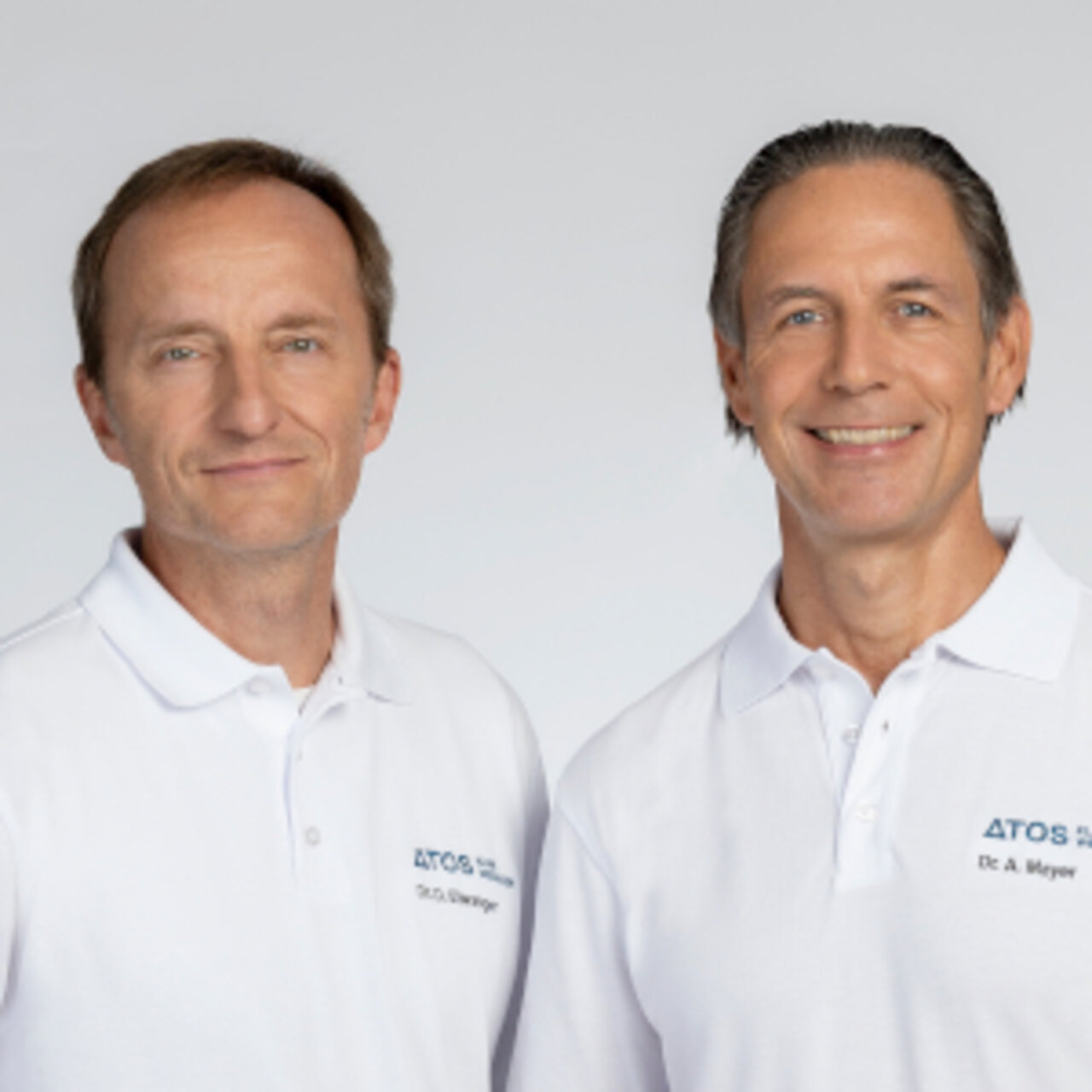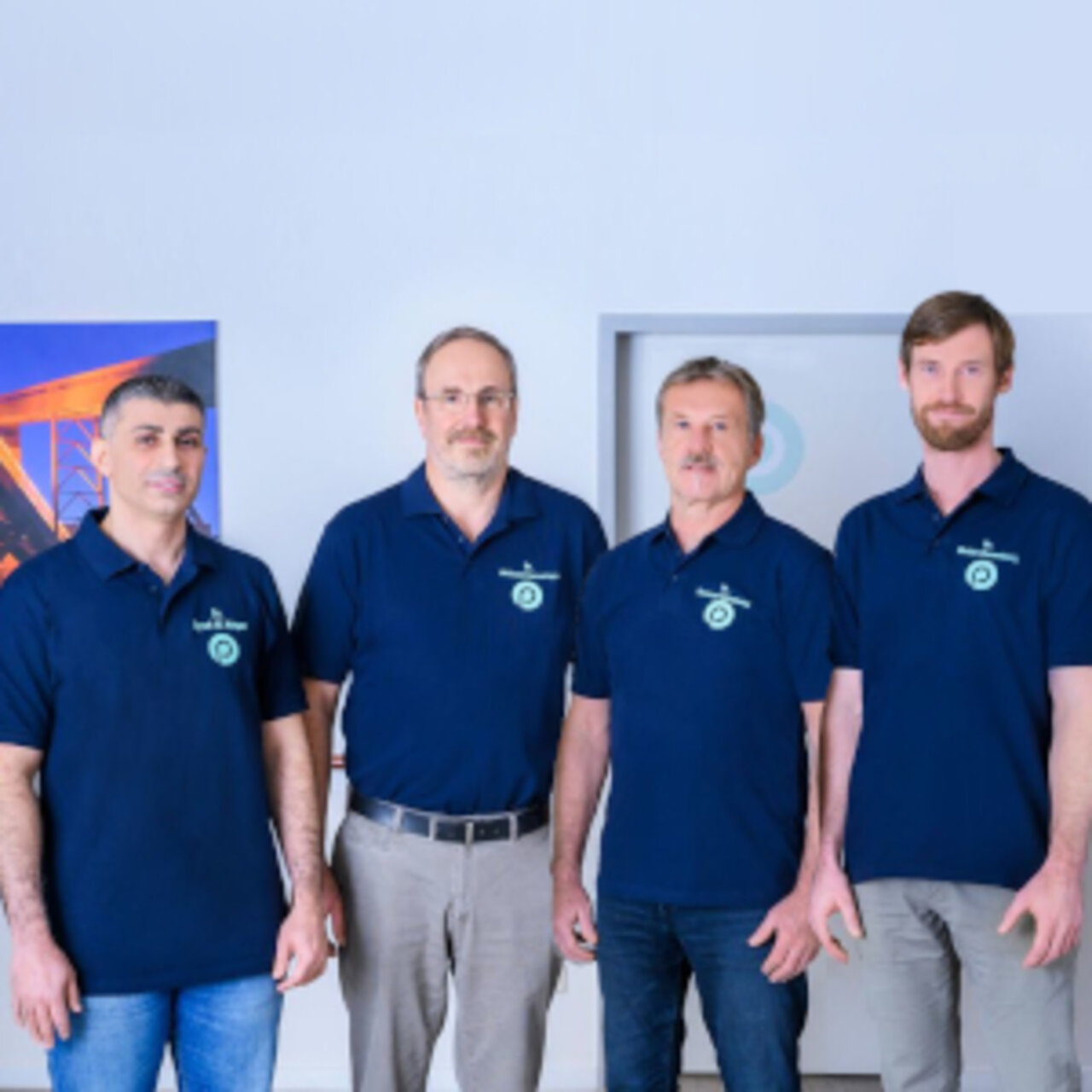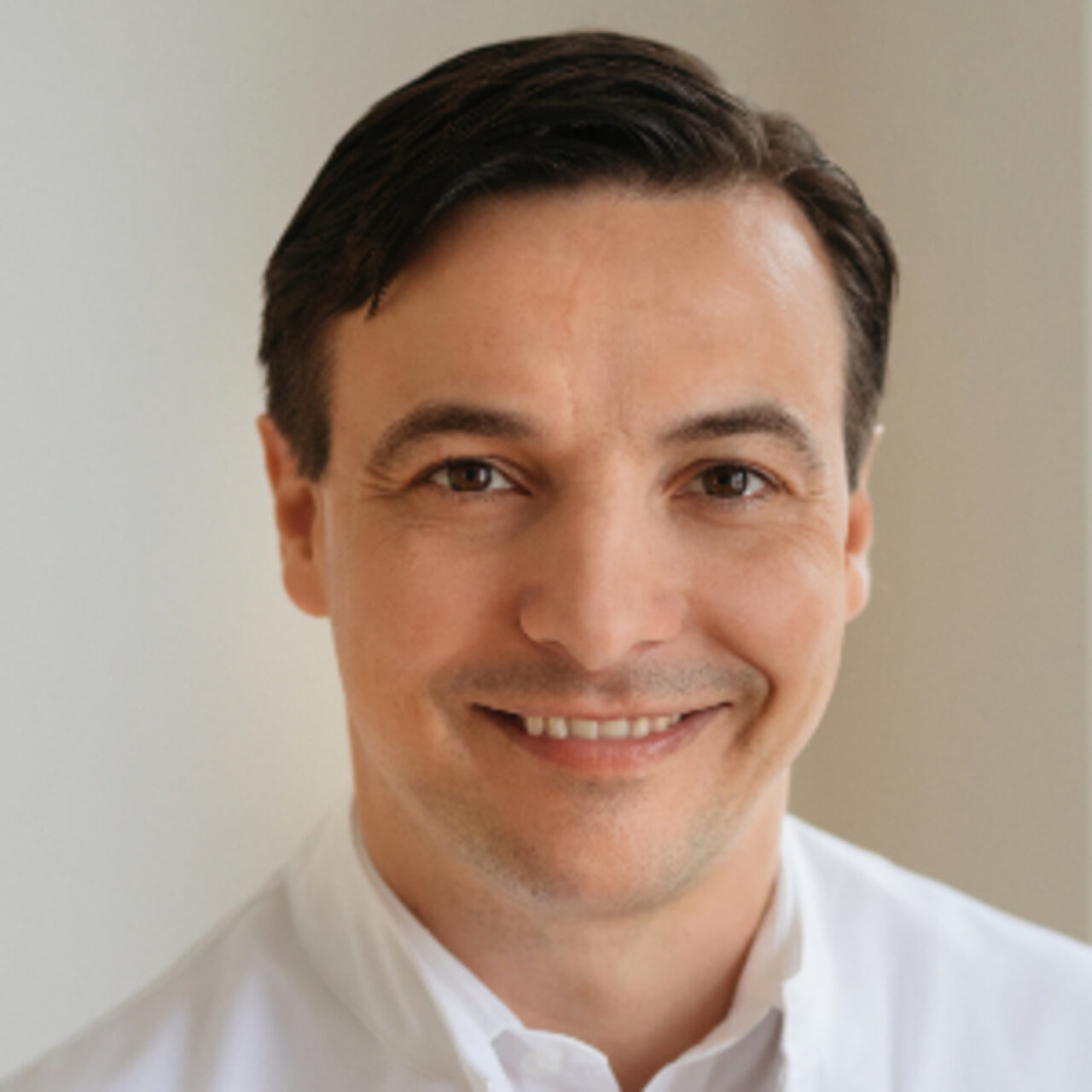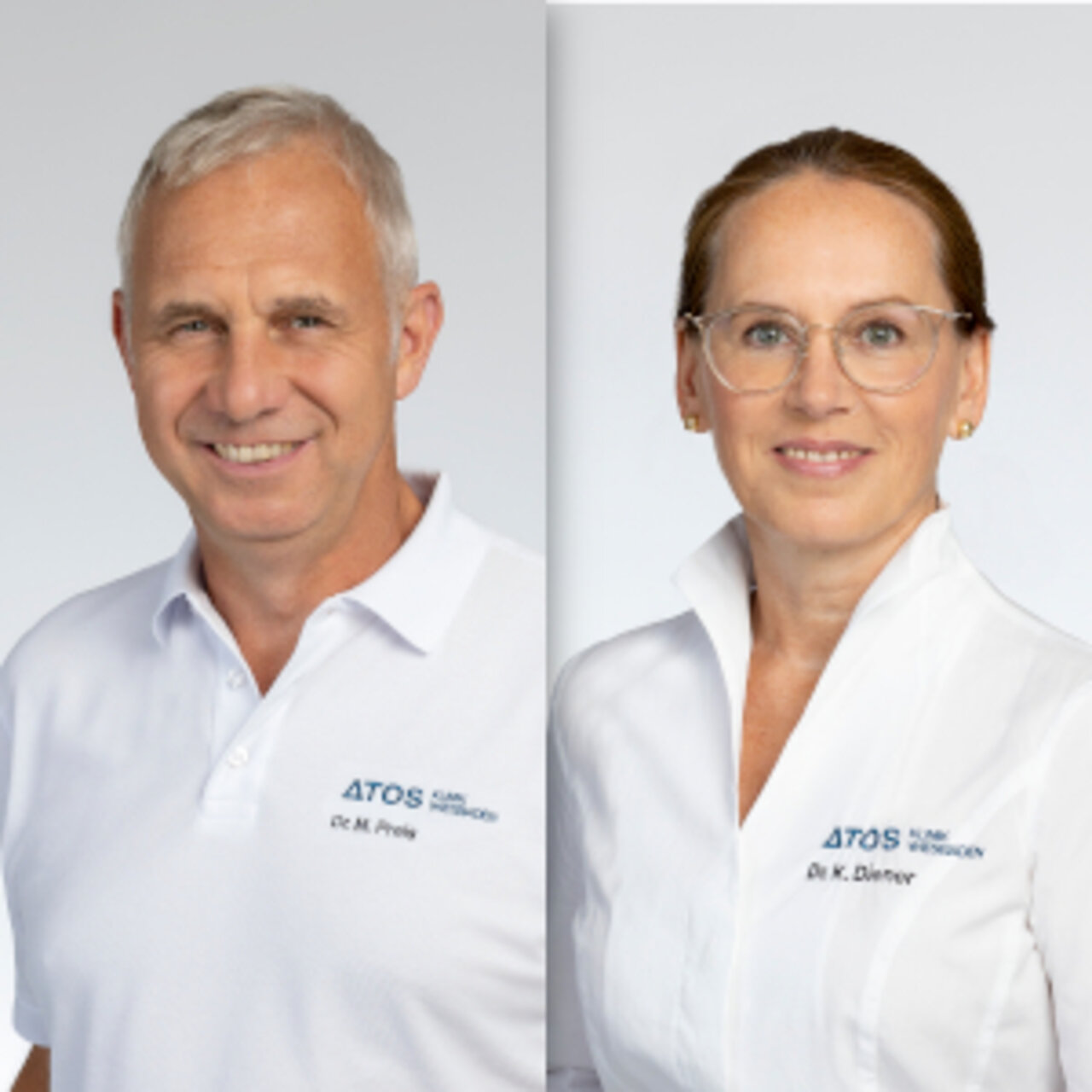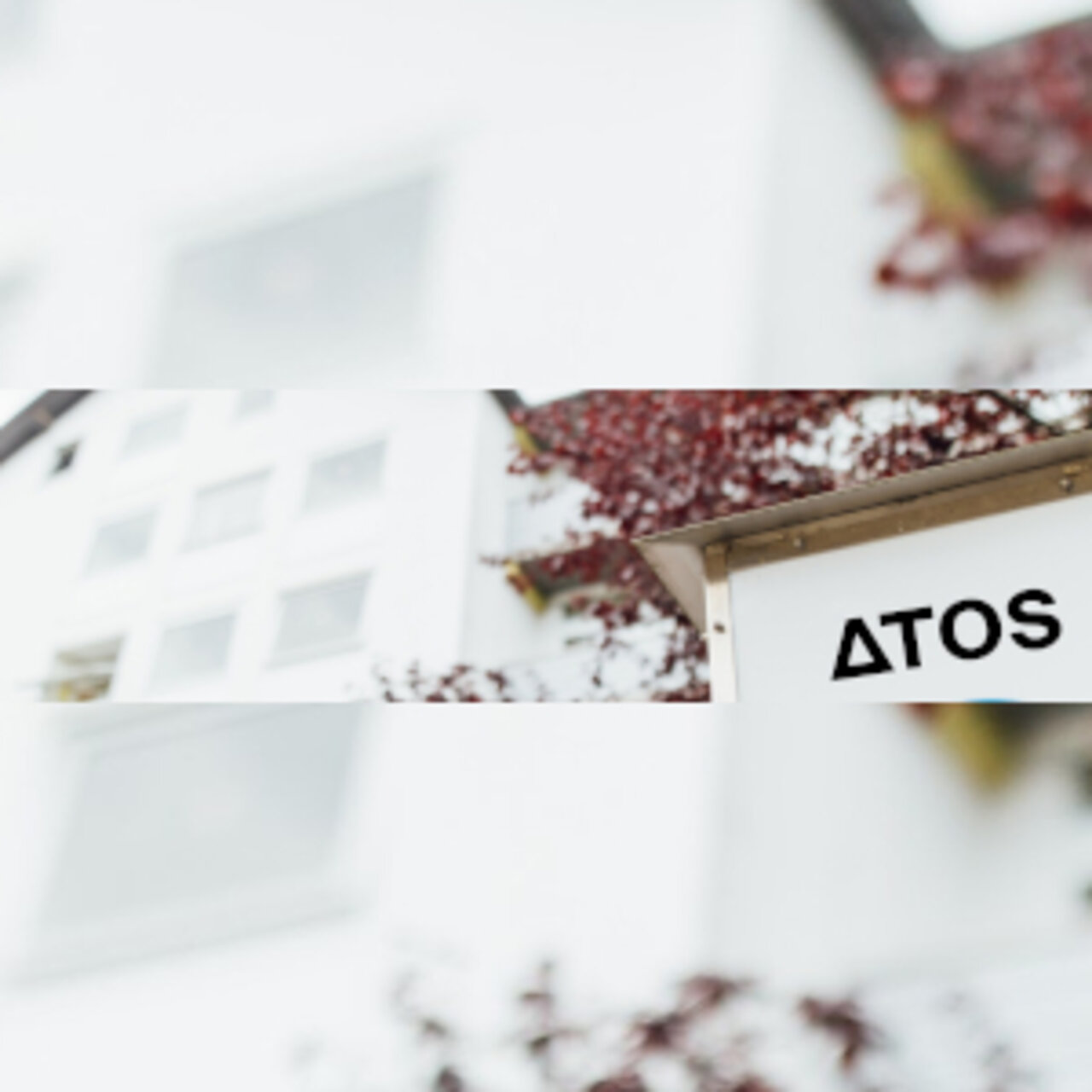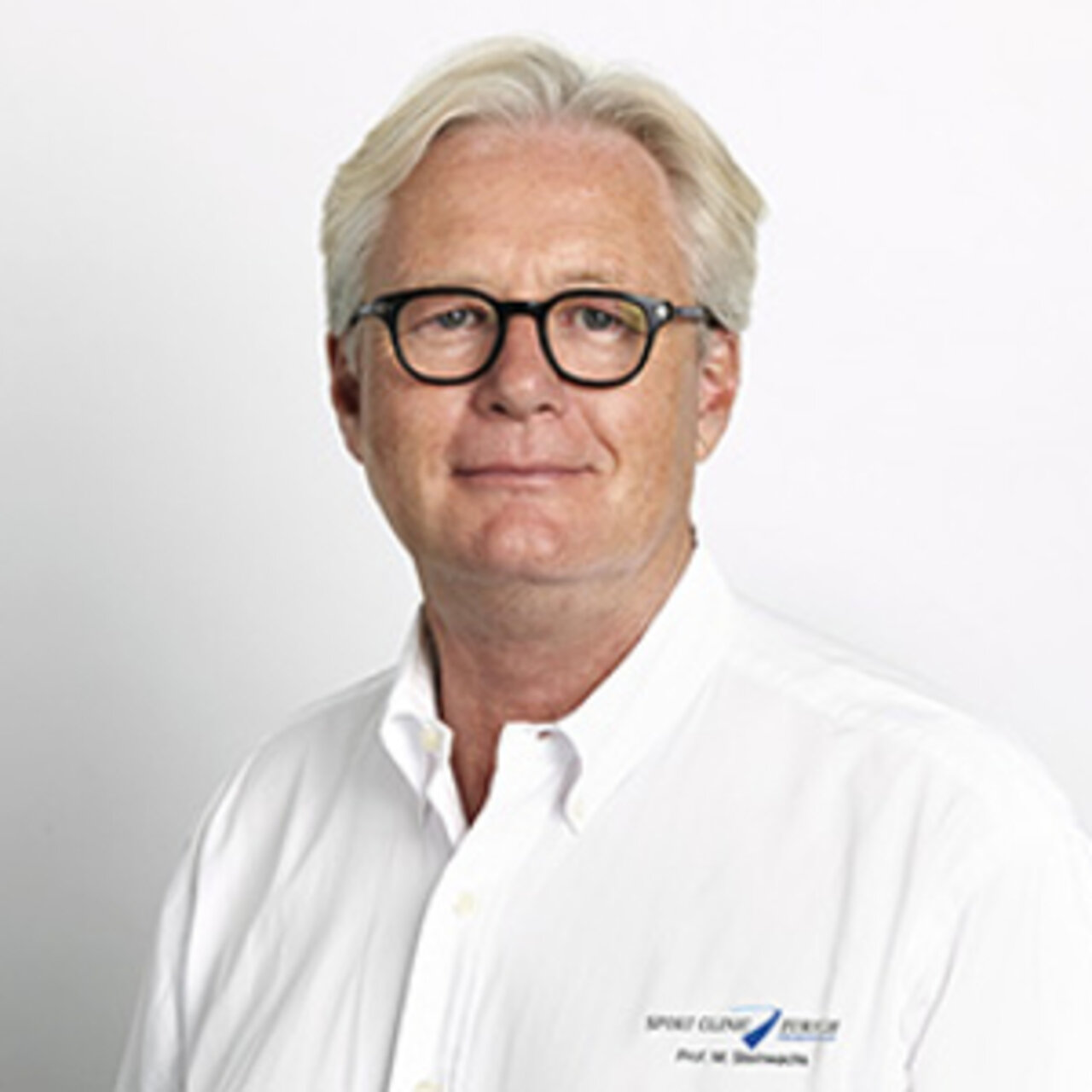Specialists in Knee Ligamentoplasty
13 Specialists found
Information About the Field of Knee Ligamentoplasty
What is Knee Ligamentoplasty?
Knee ligamentoplasty replaces one or more knee ligaments with tendon material from the patient's body.
Stabilization of the relatively straight joint surfaces in the knee joint mainly takes place via the knee ligaments (cruciate ligaments and collateral ligaments), the cartilaginous menisci, and the surrounding musculature.
Often, damage to the knee ligaments leads to instability of the joint. If this is not the case, it is a minor injury that can be treated conservatively, i.e., without surgery. Otherwise, the damaged ligament must be sutured or treated with a knee ligament reconstruction.
You can find more detailed information about cruciate ligament surgery here.
What Are the Areas of Application for Knee Ligament Arthroplasty?
Acute sports accidents often cause knee ligament tears. Especially rotational trauma, jerky movements, and extreme forces acting on the knee during sports such as skiing or playing soccer cause knee ligament tears.
Since the medial ligament is adhered with the medial meniscus and additionally stabilized, a partial tear of this ligament is rare; in most cases, a complete tear of the tendons occurs, possibly also tearing the anchoring piece of bone.
If the knee's stability is not limited, conservative therapy can be approached with physiotherapy and splinting for 6 weeks. A simple suture of the injured ligament is possible if the injury is more severe. However, the following conditions are speaking for knee ligamentoplasty:
- High instability of the knee joint
- Complicated knee injury (e.g., with damage to cartilage/bone)
- Young patient
- Heavy strain on the joint due to sports or occupation
What is the Procedure for Knee Ligament Reconstruction?
Preparation
After a knee injury, the doctor asks about the course of the accident and any previous surgeries or concomitant diseases in the medical history interview. A physical examination follows this. Special knee tests, which examine the stability, opening angle, range of motion, and knee painfulness, provide information about the severity and localization of the knee damage. Until surgery is carried out, the damaged joint is cooled and immobilized.
To make precise statements about the extent of the knee trauma if a ligament injury is suspected, magnetic resonance imaging (MRI) is performed by a radiologist. Unlike diagnostic radiology, soft tissues such as cartilage and ligaments can be visualized with MRI.
Surgery
Knee ligament reconstruction is carried out under anesthesia. If possible, it is performed minimally invasively. This means the instruments and a camera are inserted into the joint through small incisions. Compared to open access through a large incision, wound healing is faster and fewer complications can be expected. In addition, only small scars remain.
The patient's tendon is usually used to reinforce or replace the knee ligament. Rarely tendon material from a donor is used. The tendon suitable for knee ligament reconstruction is removed at the beginning of the surgery through a small incision at a selected site. Various tendons of the upper leg are ideal for this purpose, which are chosen by the orthopedist, depending on the need.
The next step is to implant the removed tendon. In addition, any pieces of bone torn loose in the accident can be screwed back in place.
Due to the complex branching of the ligaments, in the case of a torn medial ligament, only the posterior part of the tendon is usually replaced or strengthened by knee ligament reconstruction.
What is the Prognosis and Course of Disease after Knee Ligament Arthroplasty?
Due to good healing, knee ligamentoplasties have excellent prognoses.
However, the healing process usually takes several months. During this period, active participation in recovery is essential. In particular, strengthening the leg muscles to strengthen and stabilize the knee joint through muscle traction is the main component of postoperative care.
To this end, rehabilitation treatment should initially be provided for several weeks after the surgery, and physiotherapy should continue afterward. In physiotherapy, targeted exercises are especially performed to build muscles and train coordination. The knee joint is stabilized by strengthening the leg muscles.
However, it can take up to a year before the knee is fully fit for sports (sports that strain the knee). Lighter sports activities are already possible after a few months.
Like any operation, knee ligament reconstruction can damage surrounding structures. Nerves and blood vessels are at risk in the knee area, but the trained orthopedic surgeon pays special attention to keeping the structures at risk intact during knee ligament reconstruction.
Which Doctors and Clinics are Specialists in Knee Ligament Arthroplasty?
Surgical treatment of knee injuries falls within orthopedics and trauma surgery. It is recommended to have such surgery in an orthopedic/trauma surgery clinic with a specialist in knee ligamentoplasty, as the risk of osteoarthritis due to the ligament injury is reduced when treated by an experienced surgeon. Radiological diagnosis can also be carried out directly in the clinic.
Sources:
- Winker, Karl-Heinrich (2011): Facharzt Orthopädie Unfallchirurgie. Munich: Urban & Fischer.
- www.leading-medicine-guide.com/de/behandlung/kniebandplastik
- Grifka, Joachim (2011): Orthopädie und Unfallchirurgie. Für Praxis, Klinik und Facharztprüfung; mit 155 Tabellen. Berlin [u.a.]: Springer.


